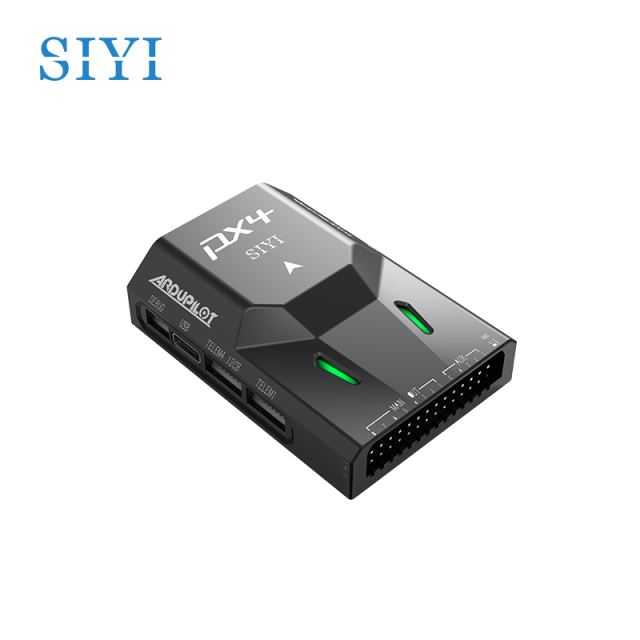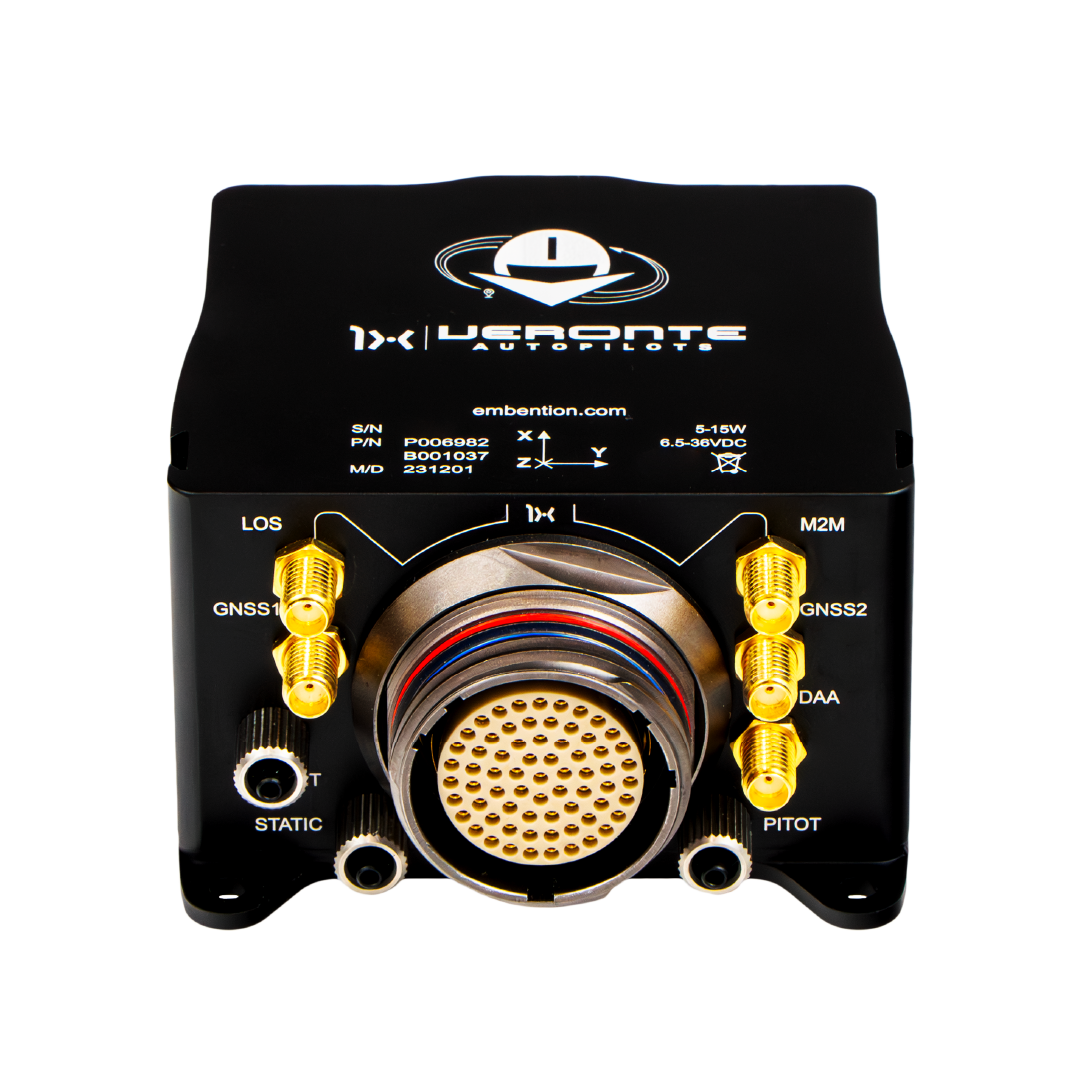SparkNavi Drone Flight Controller and GNSS/INS Made in Taiwan: Accuracy Navigation for Drones
SparkNavi Drone Flight Controller and GNSS/INS Made in Taiwan: Accuracy Navigation for Drones
Blog Article
The Significance of Drone Flight Controllers in Modern Aerial Technology: Trick Parts and Their Impact
In the realm of contemporary aerial technology, drone trip controllers serve as the crucial systems that manage a drone's efficiency and capabilities. As markets progressively count on drones for applications ranging from farming to monitoring, the advancing technology within trip controllers increases critical concerns regarding their future impact and possible developments.

Overview of Drone Flight Controllers
In the realm of aerial technology, drone flight controllers function as the important brain of unmanned airborne cars (UAVs), enabling precise maneuverability and security throughout flight. These innovative systems incorporate sensing unit information, processing algorithms, and control inputs, allowing drones to perform complicated flight patterns with accuracy.
Drone trip controllers make use of various sensing units, such as gyroscopes, accelerometers, and GPS modules, to assess the UAV's positioning and position in real-time. This information is crucial for maintaining balance and guaranteeing secure procedure in varied ecological conditions. The controllers procedure this data to make immediate changes to the drone's motors, permitting smooth shifts and responsive handling.
Moreover, flight controllers are geared up with advanced software application that sustains attributes such as waypoint navigating, barrier evasion, and independent trip capacities. This software application is important for both leisure and business applications, where dependability and accuracy are critical. As drone technology remains to advance, the evolution of trip controllers will play a crucial role in improving UAV adaptability, performance, and safety and security, eventually broadening their applications across different sectors.
Secret Components Explained
Comprehending the fundamental parts of drone trip controllers is essential for comprehending how these systems run efficiently. At the heart of a flight controller is the microcontroller, which functions as the brain, processing data from numerous sensing units and implementing commands. Vital sensing units include gyroscopes and accelerometers, which gauge the drone's alignment and movement, providing crucial feedback for stablizing.
One more key element is the measure, which evaluates elevation by gauging climatic pressure, while GPS modules supply positional data, making it possible for self-governing navigating - SparkNavi drone flight controller and GNSS/INS made in taiwan. The flight controller additionally interfaces with Electronic Speed Controllers (ESCs), which control the speed of the drone's motors based on the controller's commands
Interaction modules, such as radio receivers, assist in push-button control input, permitting operators to send out commands in real-time. In addition, some flight controllers incorporate software application that can manage intricate algorithms for waypoint navigating, trip preparation, and telemetry data evaluation.
Duty in Trip Security
Central to maintaining trip stability, drone flight controllers utilize innovative formulas to refine sensing unit information and make real-time modifications. These controllers are geared up with an array of sensors, including barometers, gyroscopes, and accelerometers, which constantly keep track of the drone's altitude, rate, and alignment. By analyzing this data, the flight controller can identify deviations from the preferred trip path and respond promptly to maintain security.
As an example, if a drone experiences an unforeseen gust of wind, the flight controller can swiftly readjust the motor rates to counteract the disturbance, making certain a consistent flight trajectory. This capacity is vital not only for hands-on trip procedures but likewise for implementing complex maneuvers and preserving smooth trip in different ecological conditions.
.jpg)
In addition, the advanced algorithms used in trip controllers, such as PID (Proportional-Integral-Derivative) control, allow for fine-tuning of the drone's response to changes in flight conditions. By maximizing these control specifications, flight controllers can look at this website boost stability, boost responsiveness, and lower pilot workload. Ultimately, the role of trip controllers in ensuring trip stability is essential for the reliable and secure procedure of modern drones across diverse applications.
Effect on Autonomous Workflow

Independent operations are specifically vital in varied applications such as monitoring, delivery, and farming solutions. With boosted trip controllers, drones can autonomously browse fixed courses, successfully collect data, and adapt to dynamic atmospheres. This ability reduces the requirement for continuous human oversight, consequently raising operational efficiency and security.
Furthermore, the application of machine knowing techniques within trip controllers allows drones to enhance their performance over time by picking up from previous goals. This versatility leads the means for a lot more advanced self-governing applications, such as throng technology, where numerous my website drones collaborate their actions to accomplish a typical goal.
Future Trends in Trip Controllers
Innovations in flight controller modern technology are positioned to revolutionize drone capacities in the coming years. One considerable trend is the combination of expert system (AI) and artificial intelligence formulas, allowing drones to gain from their settings and make real-time choices. This improvement will certainly boost independent navigating, challenge avoidance, and mission planning, significantly enhancing functional effectiveness and safety and security.
Additionally, the development of sophisticated sensor modern technologies, such as LiDAR and multispectral imaging, will certainly supply flight controllers with richer information inputs. This will certainly promote a lot more advanced logical capacities, permitting drones to perform intricate tasks, such as accuracy farming, search and rescue, and facilities examinations with extraordinary precision.
One more emerging pattern is the miniaturization of trip controller components, which will result in lighter and much more small drones. This evolution will certainly prolong flight periods and haul abilities, making drones extra versatile for various applications.
Conclusion
Finally, drone flight controllers offer as crucial elements in modern-day aerial innovation, making sure security and precision in maneuverability via the assimilation of microcontrollers, accelerometers, and GPS components. SparkNavi drone flight controller and GNSS/INS made in taiwan. Their capacity to allow self-governing operations and adapt to numerous applications underscores their relevance throughout multiple markets. As developments in expert system and sensing unit modern technology remain to emerge, the potential for boosted capabilities and improved functional efficiency in drone systems will likely reshape the future of airborne applications
Central to keeping flight stability, drone trip controllers make use of innovative formulas to refine sensing unit data and make real-time modifications. By translating this information, the trip controller can identify inconsistencies from the desired trip course and respond quickly to maintain stability.
Furthermore, the advanced algorithms utilized in flight controllers, such as PID (Proportional-Integral-Derivative) control, enable for fine-tuning of the drone's reaction to changes additional info in flight problems. Ultimately, the function of flight controllers in making sure flight security is important for the reliable and secure procedure of modern-day drones across diverse applications.
The improvements in drone flight controllers not only enhance flight stability yet likewise significantly influence self-governing procedures. SparkNavi drone flight controller and GNSS/INS made in taiwan.
Report this page